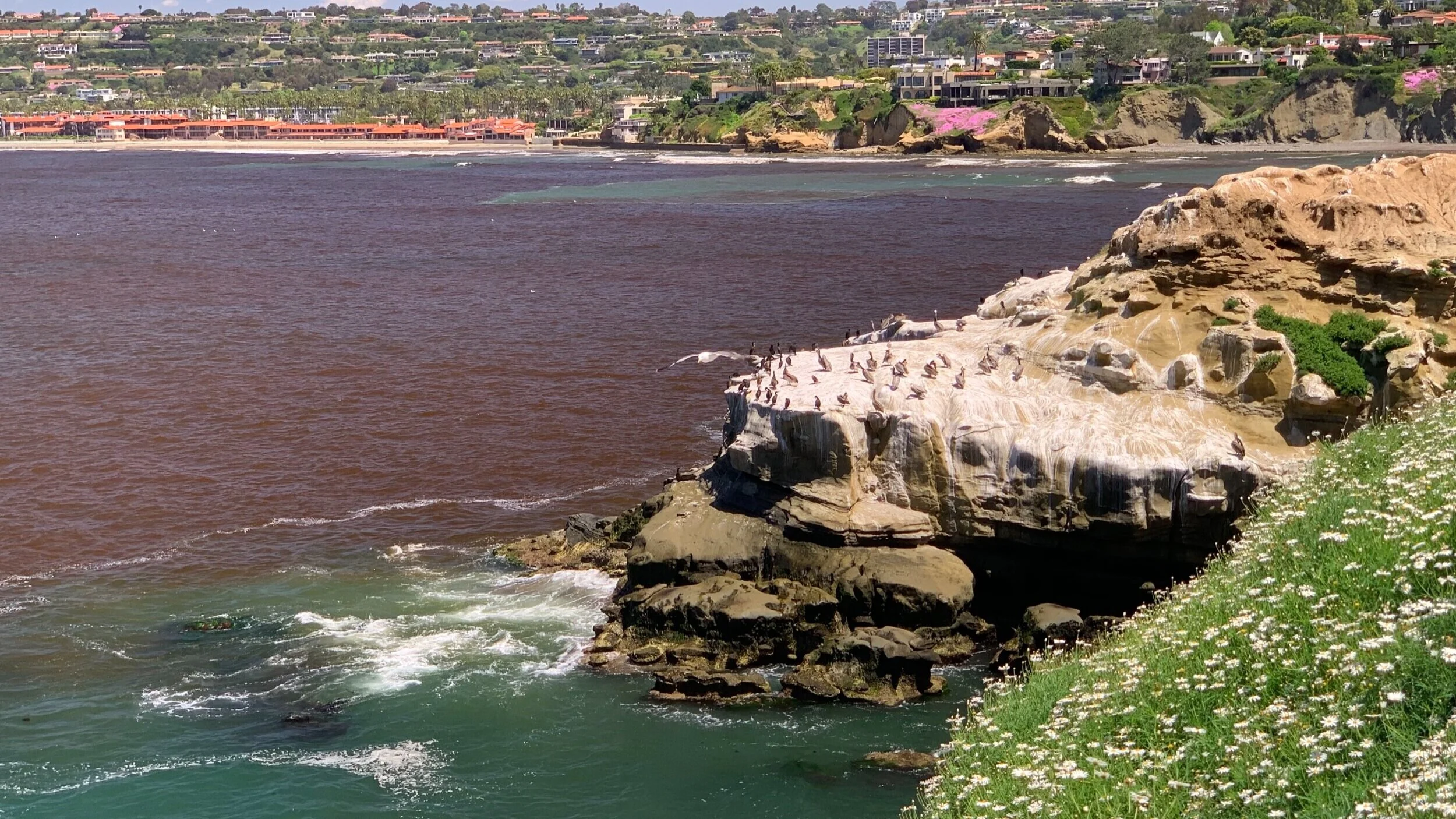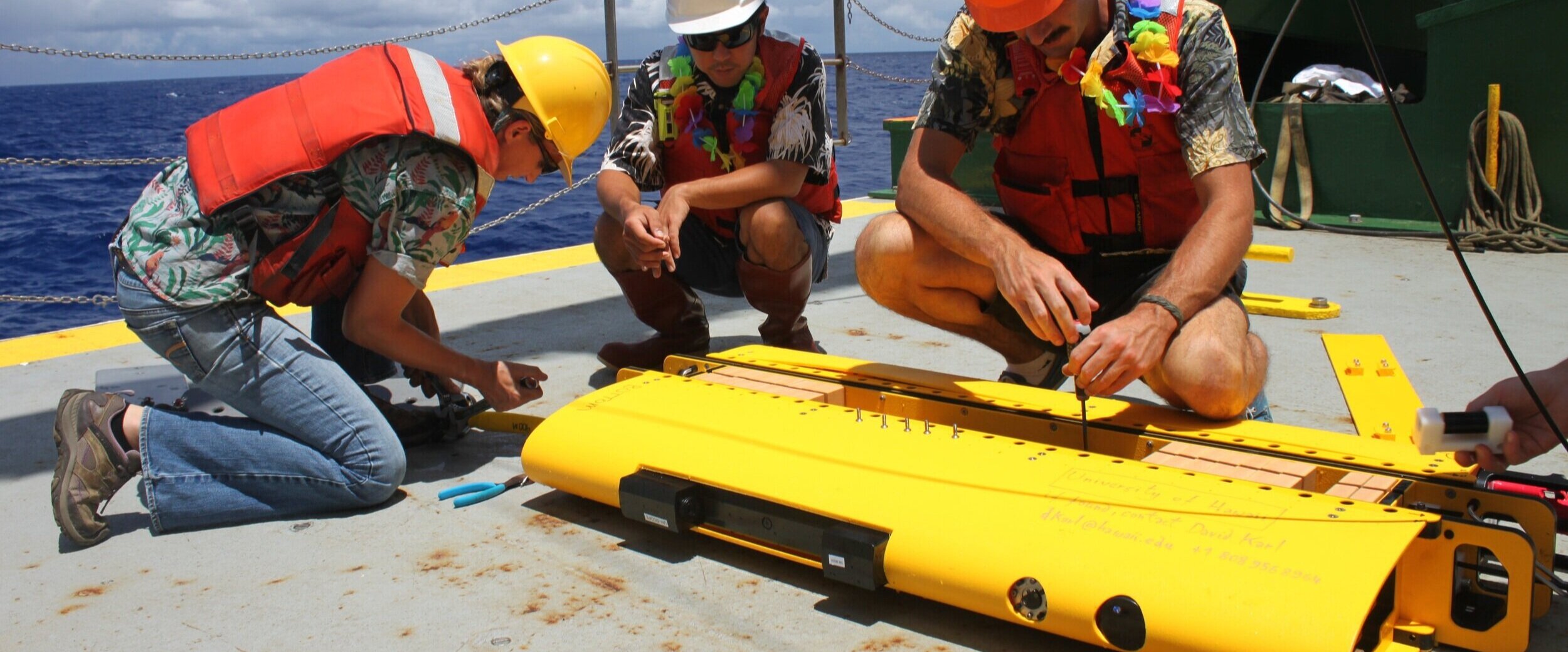TACTICAL OCEANOGRAPHY
TACTICAL OCEANOGRAPHY
NAVAL APPLICATIONS
PAYLOAD EXAMPLES:
CTD or Sound Velocity & Pressure Sensor
ChlA
CDOM
Turbidity
Velocity/ADCP
SCIENTIFIC SUMMARY:
Often there is a known need for both statistical (eg range of variability) and deterministic (eg frontal location) ocean information, both in advance of and during operational missions. Surface-layer depth, the variability of the sound velocity profile in both space and time, and optical properties are among the many properties of interest that a small collection of Wirewalkers could provide.
Field data can be assimilated into operational models and can also guide the real-time operation of in-situ assets. With Iridium communications, a small number of locally deployed Wirewalkers, drifting or moored, can provide critical off-platform information on ocean variability that will allow operators to understand the ocean context in which they are operating.
Figures 1 & 2 introduce a 12-hour record of internal wave induced sound speed variability in the deep sea off S. California. Here, the time axis has been replaced by a pseudo spatial axis, with an assumed internal wave propagation speed used to relate the two.
In addition to the internal wave variability, small sound speed changes are associated with spatial variability in the water T-S properties as it drifts through the operational area. With continuous vertical profiling, a single CTD can detect this variability at all depths and isolate in from the sound speed variability associated with the vertical displacement of the water column by internal waves. Similar maps of phytoplankton fluorescence can be made , such that tidal variability in the vertical position of fluorescent layers can be tracked.
Figure 1 - Blurred for security purposes.
Figure 2 - Blurred for security purposes














